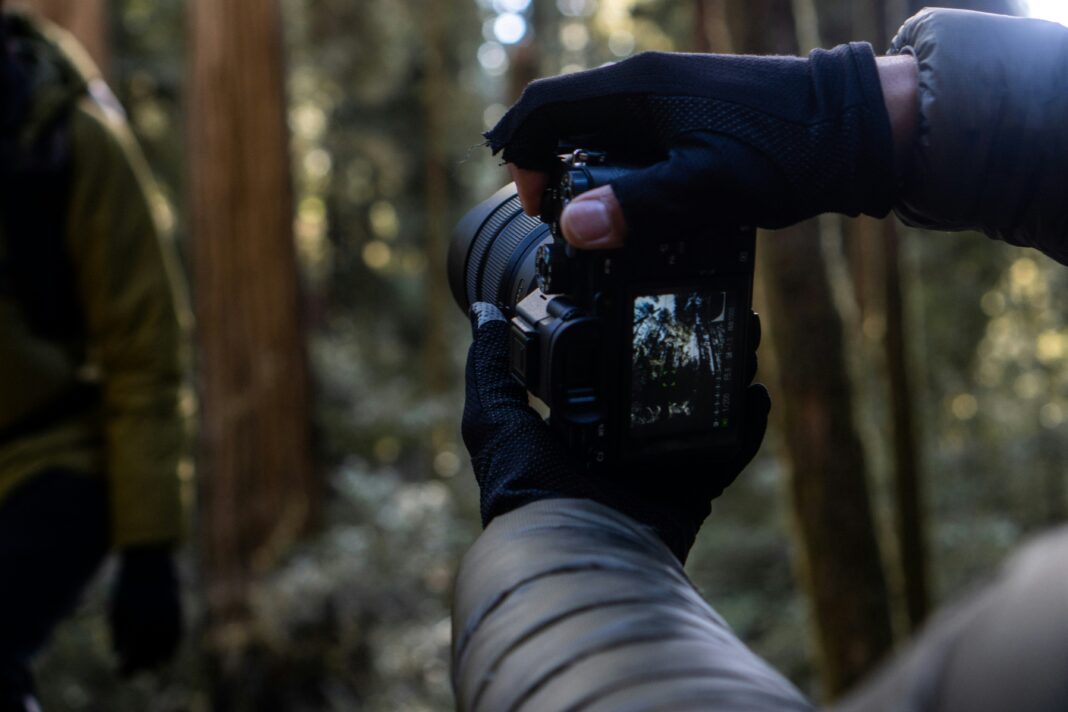When creating videos, one of the most exciting parts of the editing process is working with transitions and effects. They can make your videos more engaging, smooth, and professional-looking when done right. However, it’s easy to get carried away, resulting in distracting or overwhelming content.
In this guide, we’ll explore the best practices for using transitions and effects effectively—without going overboard. Whether you’re an amateur videographer or an experienced editor, mastering subtlety can greatly enhance your video’s overall quality.
What Are Transitions and Effects?
Before diving into how to use them, let’s clarify the difference between transitions and effects:
- Transitions: These are techniques used to move from one clip to another smoothly. Common transitions include cuts, fades, and wipes.
- Effects: These include color grading, motion graphics, animations, and other visual elements that alter how the video looks or behaves.
Both transitions and effects serve important purposes, but balance is key to ensuring they complement your video rather than distract from it.
Why Less Is More
The phrase “less is more” applies perfectly to video transitions and effects. Adding too many can confuse your audience and shift their focus away from the content itself. A viewer should not be more interested in how a clip transitioned than in the message or story you’re trying to convey.
While flashy effects may look cool initially, subtle and well-chosen ones tend to stand the test of time. The goal is to enhance the storytelling process, not overshadow it. Overloading your videos with multiple transitions and effects can also slow down your editing software and make your video look unprofessional.
Best Practices for Using Transitions
1. Stick to Simple Cuts
The most common and effective transition is the simple cut. When done correctly, cuts allow you to switch between clips without jarring your viewer. If your narrative flows well, you won’t need fancy transitions to carry your audience along.
Simple cuts are especially useful when there’s a clear connection between the two clips, such as a conversation between two people or switching to a reaction shot. Overcomplicating these moments with dramatic effects can ruin the natural rhythm of your video.
2. Use Fades and Dissolves Sparingly
Fades and dissolves are great tools for creating smooth transitions between scenes or clips. Fading to black can indicate the passage of time or signify the end of a scene, while dissolves blend one image into another.
However, be cautious. Using fades too frequently can make your video feel slow, and excessive dissolves can make your footage appear messy. Fades and dissolves work best when you want to slow down the pace or create a calm, reflective moment.
3. Match Your Transition to the Mood
Your choice of transition should complement the mood of your video. For instance, if you’re editing a high-energy sports video, a quick-cut transition may be more effective than a slow fade. If you’re editing a serene travel vlog, a smooth dissolve between beautiful landscapes might be more appropriate.
Matching your transitions to the tone of your content ensures they feel purposeful rather than random or distracting.
4. Avoid Gimmicky Transitions
It can be tempting to use transitions like wipes, spins, or page flips just because they’re available in your editing software. While these can be fun, they often feel outdated or amateurish, particularly in more serious or professional projects.
Save gimmicky transitions for fun projects that call for them, like birthday montages or creative home videos. In most other cases, simplicity will serve you better.
Best Practices for Using Effects
1. Subtle Color Grading
Color grading is an essential effect to give your video a professional finish. However, it’s easy to go overboard. Rather than cranking up the contrast or saturation to extreme levels, aim for subtlety. Adjust colors to enhance your footage while maintaining a natural look.
For instance, you might want to give your footage a warm tone to evoke nostalgia or a cool tone to emphasize a futuristic vibe. Just make sure the color grading complements your content rather than distracts from it.
2. Limit the Use of Motion Graphics
Motion graphics and animations can help illustrate key points or add a layer of professionalism to your video. However, these elements should enhance your video, not overwhelm it. Use motion graphics sparingly and ensure they align with your brand and messaging.
A well-timed lower-third graphic introducing a speaker or a simple animated title can add polish, but too many animations will likely distract your audience.
3. Sound Effects and Music
Just like visual effects, sound effects and music need to be applied carefully. A subtle sound effect can accentuate a key moment in your video, but constant sound effects will quickly become irritating.
Choose background music that complements the mood of your video, and ensure it doesn’t drown out important dialogue or other audio. Background music should enhance the experience, not take center stage.
When to Turn to Professional Editors
If you’re feeling overwhelmed by all the options for transitions and effects, or if you want to ensure your videos look polished and professional, it might be worth considering professional help. A team like yourvideo.agency specializes in creating high-quality, visually appealing videos that tell a story without going overboard with flashy effects. Their expert editors can seamlessly integrate transitions and effects to create a cohesive video that stands out for all the right reasons. When you’re ready to take your videos to the next level, trusting a professional can make all the difference.
Conclusion
Transitions and effects are powerful tools that can elevate your video, but only when used with care. Simplicity is often the key to making your video look polished and professional. Stick to basic cuts, use effects to complement the tone of your video, and avoid overloading your content with unnecessary transitions. With a little practice and attention to detail, your video edits will look professional and keep your audience engaged from start to finish.


